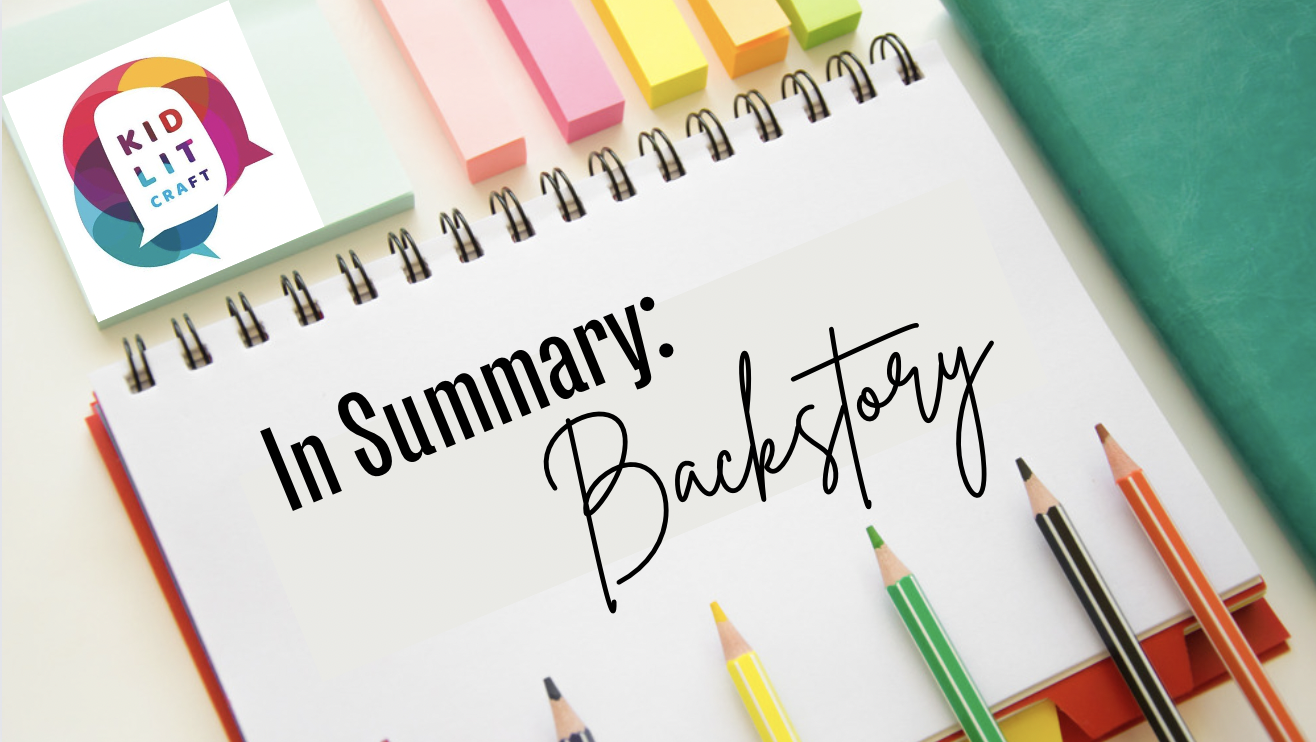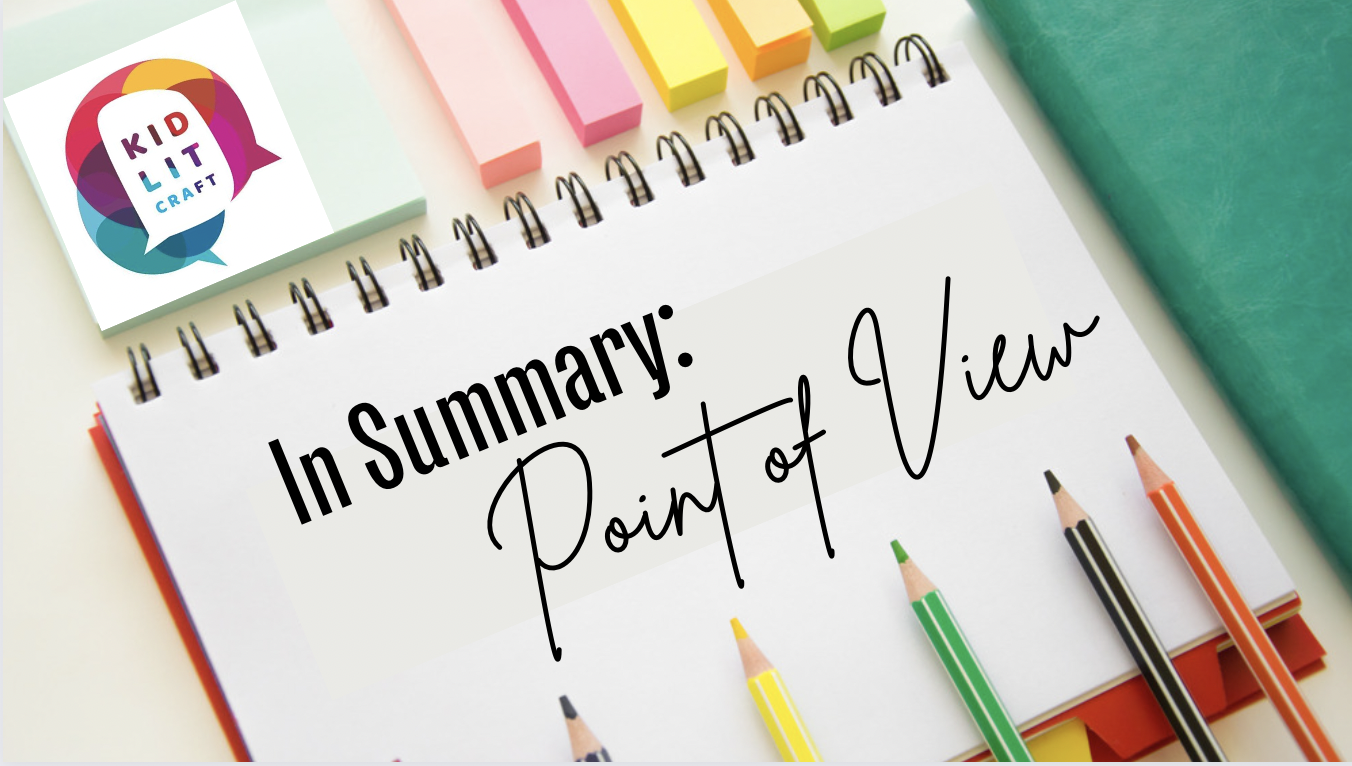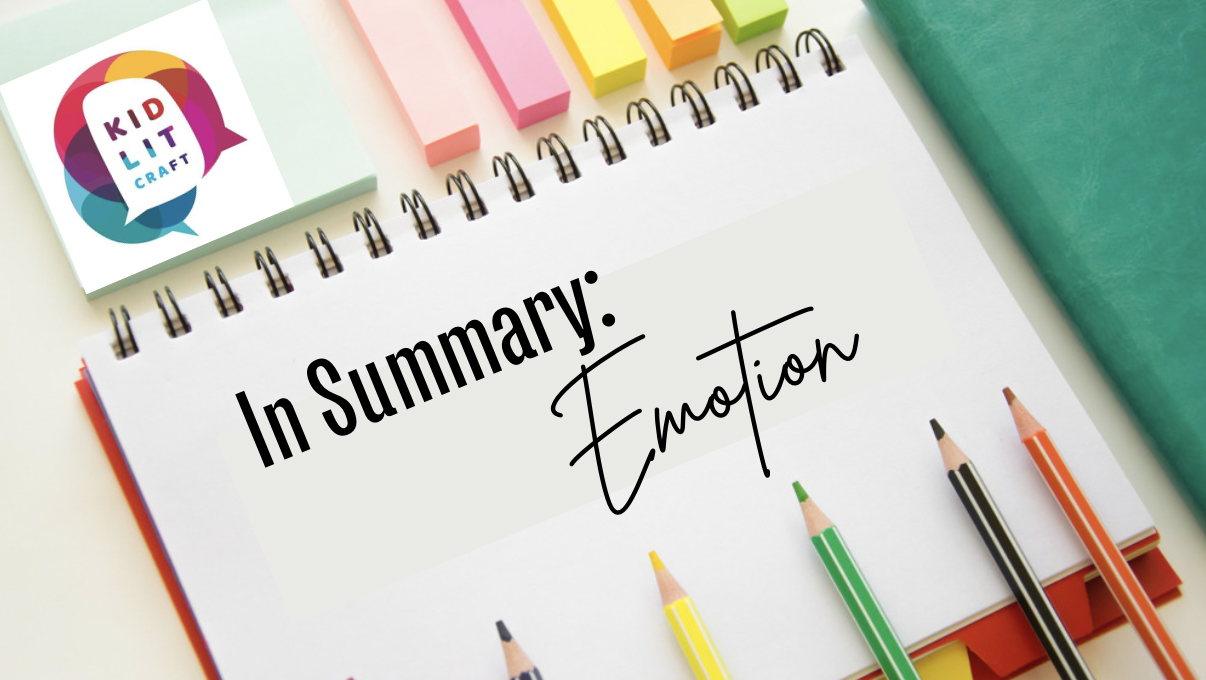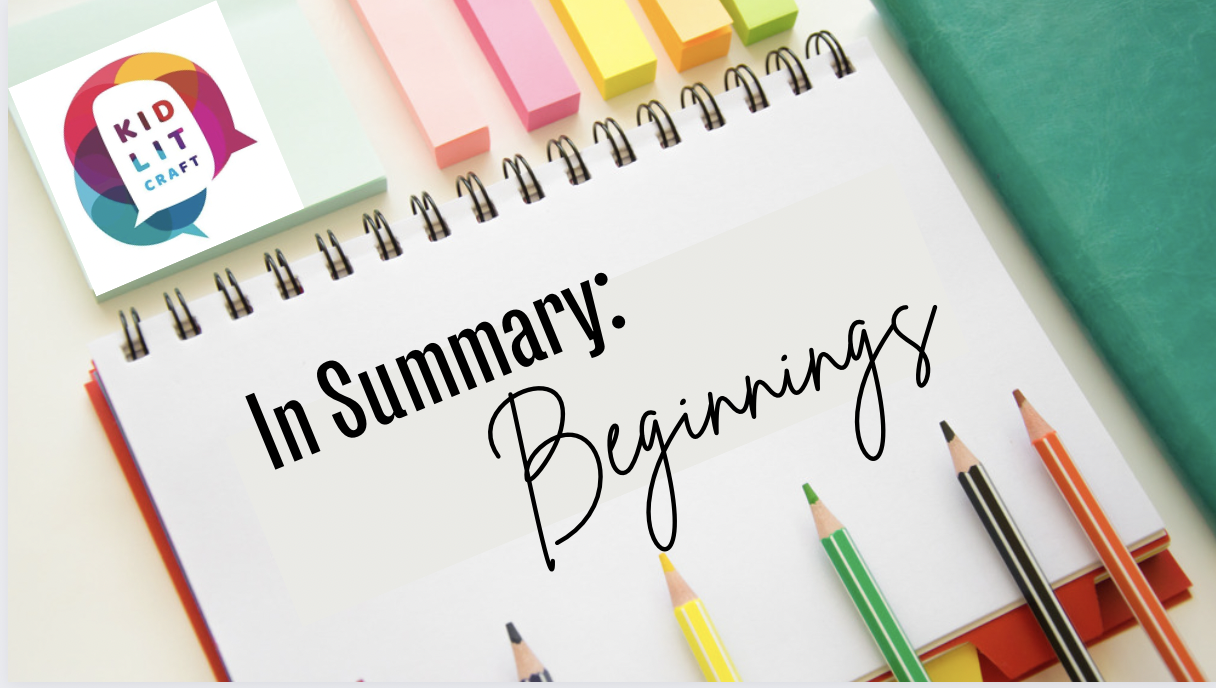hello!
JOIN US IN EXPLORING OTHERS' CRAFT AND BUILDING OUR OWN
Backstory is a necessary part of telling a story, but how much to include and what to leave out can be complicated. It’s rare in books for kids to have many pages of backstory in a row (though Crenshaw by Katherine Applegate does it with style). At KidLit Craft, we’ve explored backstory in many categories and genres. Here are our favorite posts about backstory.
The 4th post in our “In Summary” series, collecting our best posts on point of view. These posts detail how different authors approach point of view, and tools they use to craft each point of view effectively.
Our summer series, In Summary, draws together a number of posts from are archives on specific craft topics. Today’s posts offer strategies for how to capture your characters’ emotions, communicate them to your readers, and make your reader feel something too.
Place matters. A story set in Paris can be transported to Atlanta, but the story fundamentally changes because of the geography, culture, language, idioms, weather, daylight hours, experience of time, and so much more. These posts explore how to establish settings and leverage them to enhance the reading experience.
This summer, we’re introducing a new series called In Summary, where we collect up some of our favorite posts on different craft topics. Our first post is on BEGINNINGS. Beginnings give writers the opportunity to capture a reader’s attention, to draw them into the story, to give them a sense of the tone, style, and point of view, as well as whether the character is one they want to spend time with. Beginnings can be slow or fast, voicey or reflective, action-driven or character-driven. There’s no one right way to start a story. But there are more and less effective openings for each particular story. These posts will help you determine what choices you have as you write and revise your opening and prompt you to experiment. We hope you get inspired!




